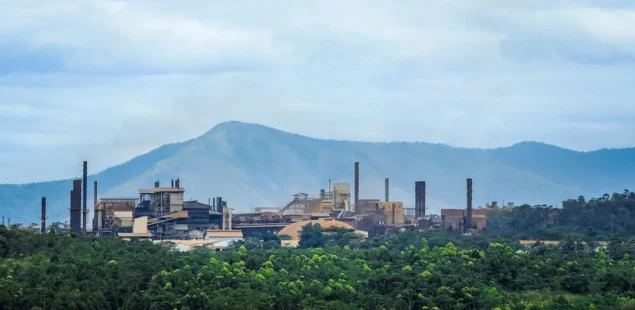
Analysts forecast a decline in zinc prices in 2025 as global refined zinc production rebounds and demand remains subdued. BMI, a research agency under Fitch Solutions, projects a surplus of 270,000 tonnes for the year, reversing the 184,000-tonne deficit anticipated in 2024.
Preliminary data from the International Lead and Zinc Supply Group (ILZSG) show that refined zinc markets had a surplus of 19,000 tonnes in the first ten months of 2024, with reported inventories increasing by 80,000 tonnes.
Price Forecasts The World Bank’s Commodity Outlook predicts a 4% decline in zinc prices for both 2025 and 2026 as supply increases. BMI expects the average annual price to drop by 5.8% year-on-year to $2,650 per tonne, erasing gains made in 2024. Over the longer term, BMI forecasts an average price of $2,700 per tonne from 2024 to 2028, below the 2022 level of $3,440 per tonne.
The Australian Office of the Chief Economist (AOCE) projects prices stabilizing at $2,770 per tonne in 2025 and $2,710 per tonne in 2026, a view shared by U.S.-based Morgan Stanley.
Supply-Side Developments Refined zinc production is set to rebound as ore supply constraints ease. ILZSG reported that global mine production declined by 3.8% in the first ten months of 2024 due to reductions in key producers such as Canada, China, South Africa, and Peru. However, increases were seen in Bolivia, Mexico, Sweden, and Congo, where Ivanhoe Mines commissioned the Kipushi mine in June.
Refined metal production fell 1.7% in 2024 due to concentrate shortages, with reductions in major markets including China, Japan, and the Netherlands. These were partially offset by increases in France, India, and Germany. Usage of refined zinc rose in countries such as India, South Korea, and Mexico but was offset by declines in China, Europe, and the United States, resulting in a modest global increase of 1.3%.
Demand Dynamics Demand for zinc is expected to grow moderately in 2025, driven by galvanised steel usage in manufacturing, construction, and automotive industries, according to AOCE. However, BMI highlights risks associated with a slowdown in China’s construction sector, which accounts for 50% of global zinc consumption. Reduced construction activity could significantly impact demand and overall market dynamics.
Market Uncertainty Broader market headwinds, including China’s uncertain economic outlook and potential trade policy volatility under President Donald Trump’s administration, may add pressure to zinc prices. High energy costs in Europe could also restrict smelting capacities, further influencing supply and pricing.
Stable prices may reduce the likelihood of mine closures, but challenges such as global monetary policies and China’s economic recovery efforts will play a critical role in shaping zinc market trends in 2025 and beyond.



